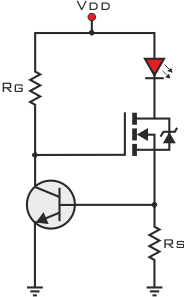D
Deleted member 49011
Guest
I know we run them at Constant Current and the current should not be more then the rating, but is it fine if the voltage is around 2.6V even though the datasheet says 1.9v Max?
And sorry for asking all these questions but this isn't cheap, the 60w diode is £200 alone, plus cooling fans are like £30 each and I need 2-3 of them, then there is the battery which is like £60-70, and that is without the heat sinks, driver, protection, custom lens assembly and the host.
I understand its expensive thats why i'm saying run the diode at its recommended 42A , 1.8V Typical in CC mode as There is no way to answer the question ; it all depends on the current passing though the diode at 2.6 Volts
If its 42A at 2 Volts ( 1.8 V Typical ) , then it could be a lot higher at 2.6 V ( Quick guess looing at the other CCP diodes 60A + ) and that could cause thermal or optical damage .
The only way you would get 2.6 V across the diode is run it way above it's recommended current rating or from a voltage source , with again a current flow way above its rating .
Last edited by a moderator:






